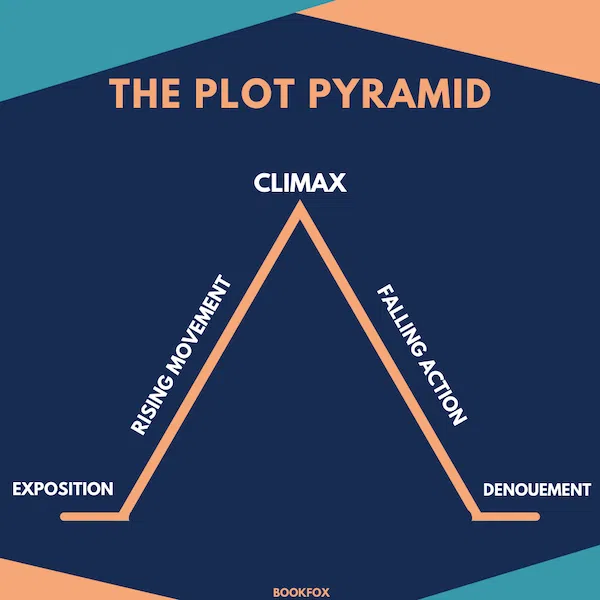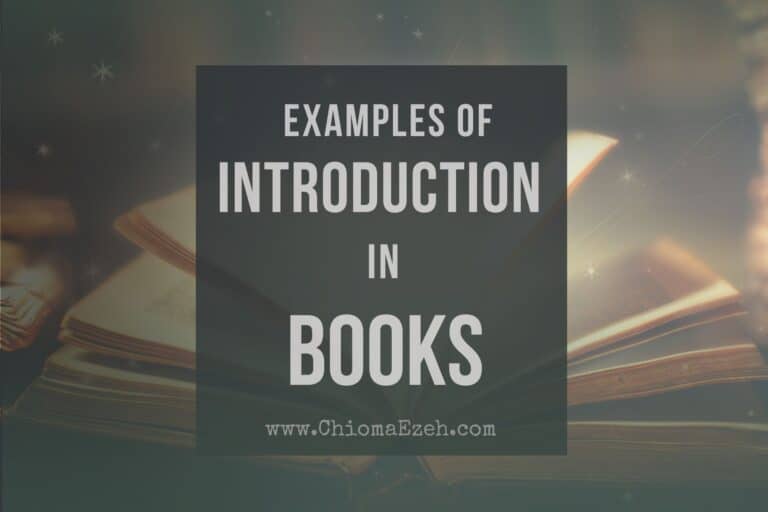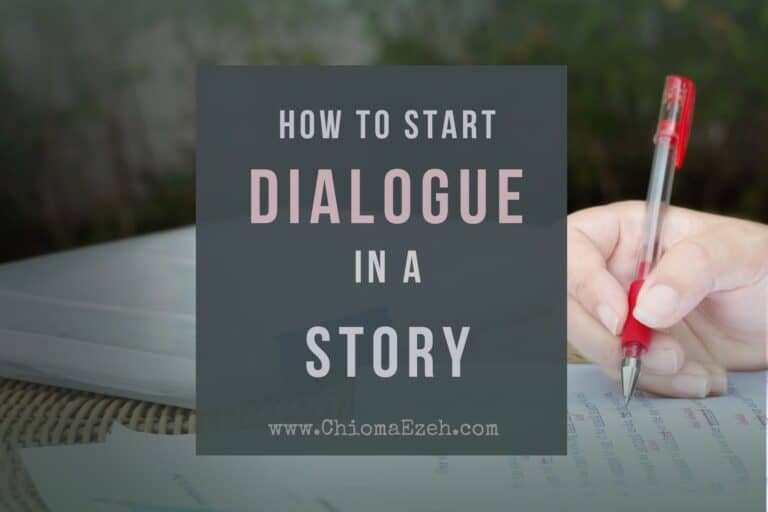What Is Rising Action In A Story?
Rising action in a story? It’s an important element of storytelling that can make or break the success of your plot. Rising action is what builds tension and keeps readers engaged, as it leads to the climax.
But how do you create effective rising action in a story? In this post, we’ll explore what rising action is, provide examples from popular stories, discuss its benefits for writers and authors alike, and offer tips on writing powerful rising actions for your own stories.
👉 See our comprehensive guide on elements of a story

Let’s Talk
Are you a writer aspiring to pen a masterpiece that never fails to captivate? Look no further. Reach out to us and uncover how we can help you to take your writing to unprecedented heights!

What Is Rising Action In A story?
In literature, rising action is a series of events that build up to the climax of the story. It is part of the plot that comes after the introduction and before the climax. Rising action is a key element of any story, as it helps create an engaging narrative.
Rising action follows a character or characters as they move through their journey, encountering obstacles along the way. As these conflicts become more difficult to overcome, tension builds until finally reaching its peak in the climax.
Think of rising action like climbing a mountain: you start at base camp and begin your ascent up steep terrain with increasingly difficult challenges ahead of you—until you reach your summit goal.
Why Is Rising Action Important In A Story?
Rising action in storytelling is important in many ways. It enhances reader interest and furnishes your story with an organized arc that makes sense both logically and emotionally to your readers.
It helps authors generate tension that moves the story forward towards resolution. Rising action also gives your characters space to develop as they confront challenges before them. This enables readers to become fully engrossed within the narrative.
When writing effective rising action scenes, try to introduce conflict early on. Provide enough detail so readers understand why certain events are happening. Leave out out unnecessary exposition that can slow down pacing. Also, try adding small surprises throughout the narrative such as unexpected twists or reveals which will keep readers hooked and guessing what might happen next.
Finally, don’t forget about foreshadowing. Foreshadowing can be used subtly to hint at future development without spelling things out explicitly. This allows authors to craft compelling storylinesand make for more exciting reading experiences overall.
Rising action is an important part of a story’s structure, as it builds tension and creates suspense. Let us now investigate further and analyze some examples of rising action so we can better understand this concept.
Examples of Rising Action In Books And Literature
Examples of Rising Action can be found throughout literature and film.
In Romeo & Juliet by William Shakespeare, rising action occurs when Romeo meets Juliet for the first time. As their love grows, so does the tension between them and the feuding families. This sets off a chain reaction leading to escalating conflict between them as they attempt to keep their love affair hidden from their feuding families—culminating in tragedy during its climactic finale.
Dorothy’s journey in The Wizard Of Oz (1939) rising action begins with a tornado transporting her to the magical land of Oz. She embarks on an adventure to return home while facing tough challenges along the way. Every step forward leads Dorothy closer towards achieving her goal but also brings new dangers; this creates suspenseful moments that build upon each other until she ultimately defeats the Wicked Witch of the West and returns home.
In The Great Gatsby by F. Scott Fitzgerald, Jay Gatsby’s pursuit of Daisy Buchanan leads him down a path full of obstacles as he attempts to win her heart back from Tom Buchanan. The rising action in this story is actually the unraveling of Gatsby’s unrealized dreams and his inability to change the past. As Gatsby continues his mission, more problems arise—his past comes into question, Daisy and Tom fight over him, and ultimately this leads to tragedy at the end of the novel.
In the realm of cinema, examples of rising action can be seen in Star Wars: A New Hope where Luke Skywalker finds himself at odds with Darth Vader’s forces while discovering his latent abilities; The Godfather which follows Michael Corleone as he progresses from being a non-participant to ultimately taking the reins after all other family members have been eliminated or incarcerated; and Up featuring Carl Fredricksen who embarks on an expedition through South America with the intent of fulfilling his wife Ellie’s last wish without arousing suspicion by government officials along the way. Each event contributing towards its ultimate resolution near movie’s conclusion.
These stories demonstrate how rising action works – each obstacle making things increasingly difficult until everything reaches its breaking point. This gives readers something exciting yet suspenseful that keeps them hooked till it reaches its end.
Rising action serves to heighten tension and build suspense in a story. It is an essential element of any narrative. Using rising action, writers are able to craft compelling stories that keep readers engaged. Now let’s look at the benefits of using rising action in a story.
Benefits of Using Rising Action In Your Story
Rising action helps writers create tension and suspense in their stories. It’s the part of a story where the plot begins to thicken, and readers become more invested in what will happen next. Rising action typically builds up to a climax before resolution, leaving readers on the edge of their seats as they eagerly await the outcome.
The primary benefits of rising action in a story includes:
- Keeps readers hooked to your story.
- Rising action can make readers feel like they are experiencing the events right alongside your protagonist.
- Employing rising action can lead to higher reader engagement and satisfaction.
- Gives you an opportunity to further develop character arcs throughout your story.
- By increasing stakes for each character, you can show how their decisions affect not only themselves but also those around them—which makes for a richer narrative experience overall.
- When combined with flashbacks or other techniques like foreshadowing, rising action can help give shape and structure to a complex storyline.
Using rising action in a story can help to create suspense and build up tension, making the climax of your story all the more powerful. By following some simple tips for writing effective rising action, you will be able to craft an engaging narrative that captivates readers from start to finish.
Tips for Writing Effective Rising Action
There are several tips to follow when writing an effective rising action ion your story.
To create effective rising action, focus on building suspense through plot points. Make sure each conflict is more difficult than the last. This will keep readers engaged until finally reaching the climax and then the resolution. Authors should also give their characters room to develop over time. You can do this by having them overcome increasingly complex challenges throughout the narrative.
Below are additional tips for writing an effective rising action:
- Create believable obstacles for your characters and increase the stakes throughout the story.
- Increase the tension and complexity of your protagonist’s obstacles as the story progresses.
- Make sure your pacing is balanced; don’t rush through conflicts too quickly or linger over scenes unnecessarily long. The latter may lead to boredom for your reader.
👉 Want to learn more tips? Head over to our 15 tips on writing rising action for an epic climax
FAQs On What is Rising action in a Story
What Is The Rising Action In A Story?
The rising action in a story is the part of the plot that follows the initial exposition and leads up to the climax. It involves introducing complications, obstacles, and challenges for characters as they strive towards their goals.
This section typically includes multiple twists or turns in order to keep readers engaged and interested. The rising action serves to build tension, suspense, excitement, anticipation, and curiosity until it reaches its peak at the climax of a story.
What Is An Example Of Rising Action In Literature?
Rising action can be seen in many different types of literature; for example, it may involve a protagonist struggling to overcome obstacles on their way to achieving their goal or facing increasingly difficult challenges before finally reaching resolution at the climax.
Final Notes On What Is Rising Action In A Story
It’s critical to employ it accurately if you’re looking to draw in readers and keep them engaged until the climax. By understanding what rising action is, looking at examples, recognizing its benefits, and using effective tips for writing it into your stories, you’ll be able to craft engaging narratives with powerful rising actions that will captivate any reader. Rising action in a story should never be overlooked as an important part of creating compelling works of fiction.
Take the time to learn about rising action in a story and how it can be used effectively. With this knowledge, you’ll be able to craft compelling stories that draw readers in!

![What Is A Subplot In A Story? [Definition & Examples]](https://chiomaezeh.com/wp-content/uploads/2023/05/what-is-a-subplot-768x512.jpg)



![How To Write Dialogue Between Doctor And Patient [13 Templates]](https://chiomaezeh.com/wp-content/uploads/2023/04/how-to-write-dialogue-between-doctor-and-patient-768x512.jpg)
